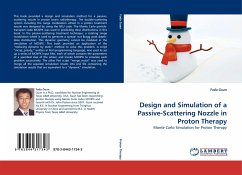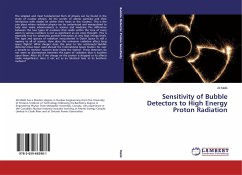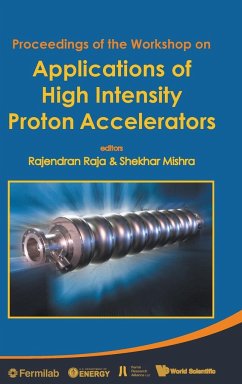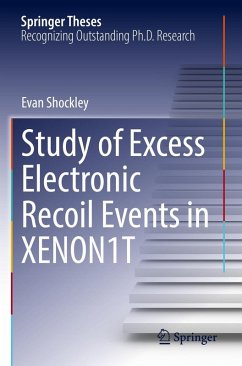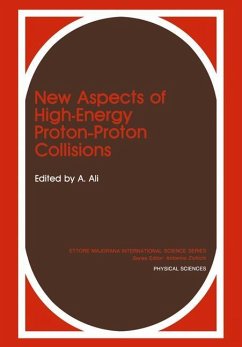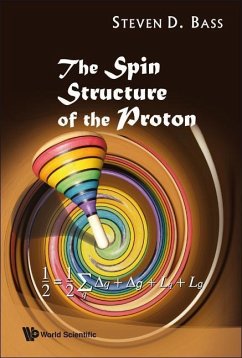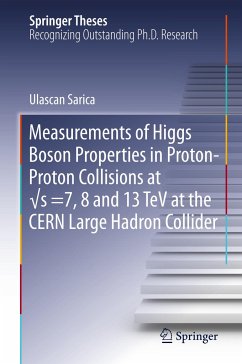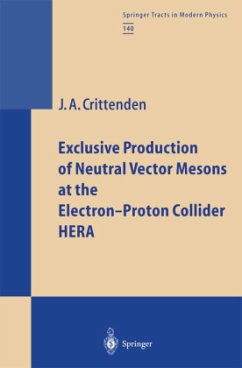
A Proton Recoil Telescope for Neutron Spectroscopy
An innovative neutron detector
Versandkostenfrei!
Versandfertig in 6-10 Tagen
52,99 €
inkl. MwSt.

PAYBACK Punkte
26 °P sammeln!
A new proton recoil telescope (PRT) is presented: it is composed by an active multilayer of segmented plastic scintillators as neutron to proton converter, by two silicon strip detectors and by a final thick CsI(Tl) scintillator. Plastic scintillators and silicon detectors are used to track the recoil proton and to measure the scattering angle, while the silicon strips and the final CsI scintillator can measure the proton energy: from these data it is possible to get the neutron energy. The PRT can be used to measure neutron spectra in the range 2-160 MeV. The detector characteristics have bee...
A new proton recoil telescope (PRT) is presented: it is composed by an active multilayer of segmented plastic scintillators as neutron to proton converter, by two silicon strip detectors and by a final thick CsI(Tl) scintillator. Plastic scintillators and silicon detectors are used to track the recoil proton and to measure the scattering angle, while the silicon strips and the final CsI scintillator can measure the proton energy: from these data it is possible to get the neutron energy. The PRT can be used to measure neutron spectra in the range 2-160 MeV. The detector characteristics have been studied in detail with the help of Monte Carlo simulations. The overall energy resolution of the system ranges from about 20% at the lowest neutron energy to about 2% at 160 MeV. The global efficiency is about 3x10^-5. Experimental tests have been performed by using the reaction 13C(d,n) at 40 MeV deuteron energy.



